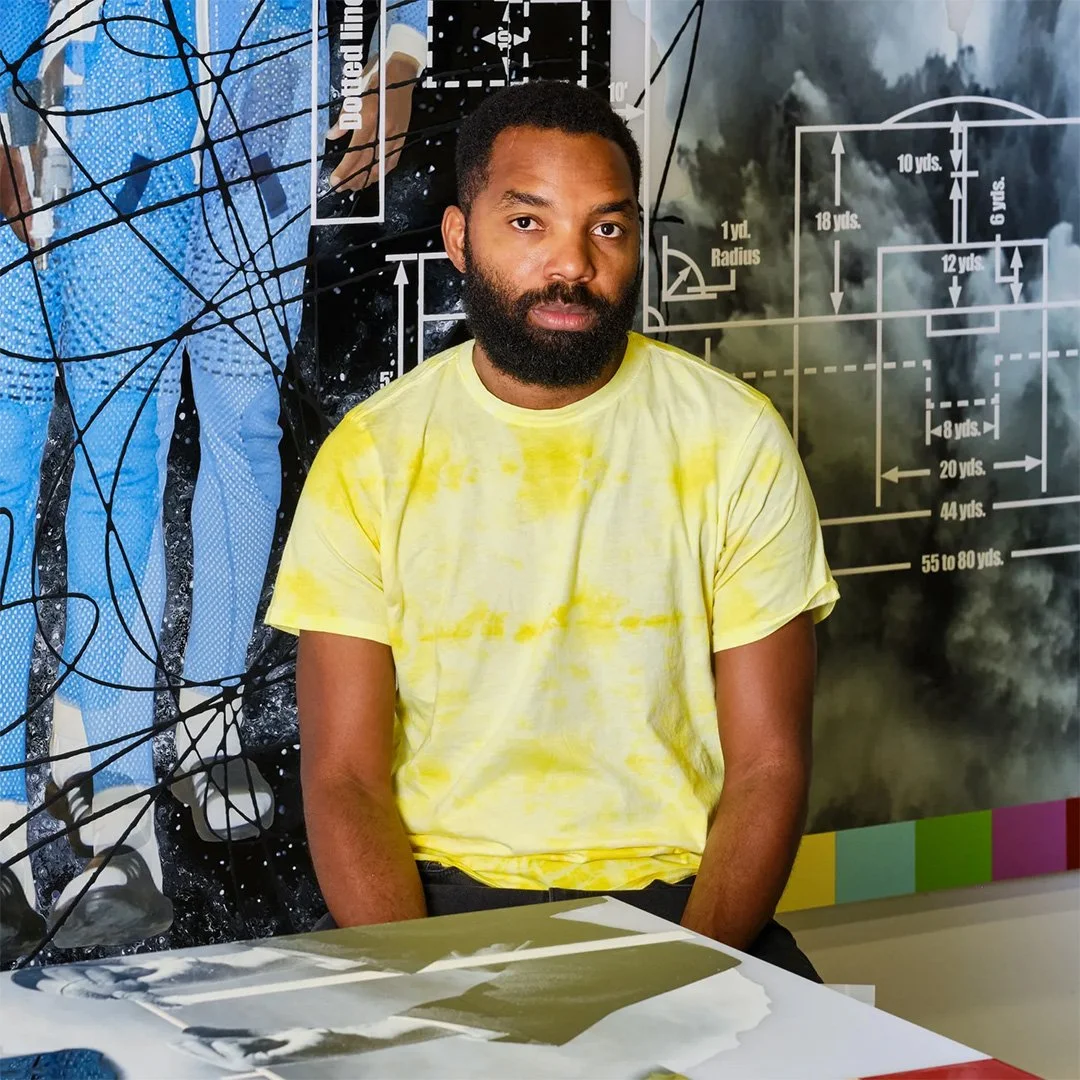Tavares Strachan
In 2004, Strachan initiated an ambitious four-year multimedia body of work entitled Orthostatic Tolerance—the title referring to the physiological stress that cosmonauts endure while exiting and re-entering Earth from outer space. Exhibited in phases between 2008 and 2011, the Orthostatic Tolerance project incorporated photography, video, drawing, sculpture and installation documenting Strachan’s experience in cosmonaut training at the Yuri Gagarin Training Center in Star City, Russia and in experiments in space travel conducted in Nassau under the Bahamas Air and Space Exploration Center (BASEC)—the artist’s version of NASA for his native country.
In 2011, Strachan exhibited Seen/Unseen—a survey exhibition of past and present works—at an undisclosed location in New York City that was deliberately closed to the general public. Exploring themes of presence and absence, the exhibition focused on the artist’s overall practice of positioning works in such a way that some of their aspects are visible while others remain conceptual, asserting the exhibition as a work of art in its own right. Both ambitious in scope and disruptive to expectations, Seen/Unseen manifested a type of meditative experience, presenting over 50 works from drawings, photographs, video works, sculpture, and installations in a massive 20,000-square-foot industrial space converted specifically for the exhibition. While access to "Seen/Unseen" was restricted to the organizers, the exhibition itself was fully documented with a website and an illustrated catalogue designed by Stefan Sagmeister.
Strachan was born in 1979 in Nassau, Bahamas, and currently lives and works between New York City and Nassau, Bahamas. He received a BFA in Glass from the Rhode Island School of Design in 2003 and an MFA in Sculpture from Yale University in 2006. Strachan’s work has been shown extensively around the world in numerous solo and group exhibitions. His solo shows include Orthostatic Tolerance: It Might Not Be Such a Bad Idea if I Never Went Home Again at the MIT List Visual Arts Center, Cambridge, MA (2010); Orthostatic Tolerance: Launching from an Infinite Distance at Grand Arts, Kansas City, MO (2010); Tavares Strachan: Orthostatic Tolerance at the Institute of Contemporary Art, University of Pennsylvania, Philadelphia (2009); Where We Are is Always Miles Away at The Luggage Store, San Francisco, CA (2006); and The Difference Between What We Have and What We Want at Albury Sayle Primary School, Nassau, The Bahamas (2006). In 2013, Strachan represented the Bahamas in the nation’s inaugural pavilion at the 55th International Venice Biennale.
Through his career, Tavares Strachan has engineered a multidisciplinary artistic practice that mobilizes our visual, intellectual, and emotional faculties. Aeronautical and astronomical science, deep-sea exploration, and extreme climatology are but some of the thematic arenas out of which Strachan creates performative allegories that tell of cultural displacement, human aspiration, and mortal limitation.
Strachan is best known for his 2006 project, The Distance Between What We Have and What We Want, for which he embarked on a journey to the Alaskan Arctic to excavate a 4.5-ton block of ice which was then transported via FedEx to his native Bahamas and displayed in a solar-powered freezer in the courtyard of his childhood elementary school. The piece is both physically arresting and metaphorically resonant, referencing the fragility of Earth’s homeostatic systems, the strange poetry of cultural and physical displacement, as well as the little-known contributions of Matthew Henson—an under-recognized American explorer and the co-discoverer of the North Pole.
EXHIBITIONS
-

OTHER SIDE OF THE SUN
TAVARES STRACHAN
-

UNMASTERED
TAVARES STRACHAN | JEFFERY MERIS | STAN BURNSIDE | PABLO PICASSO | JOAN MIRÓ | ANTONI TAPIES

